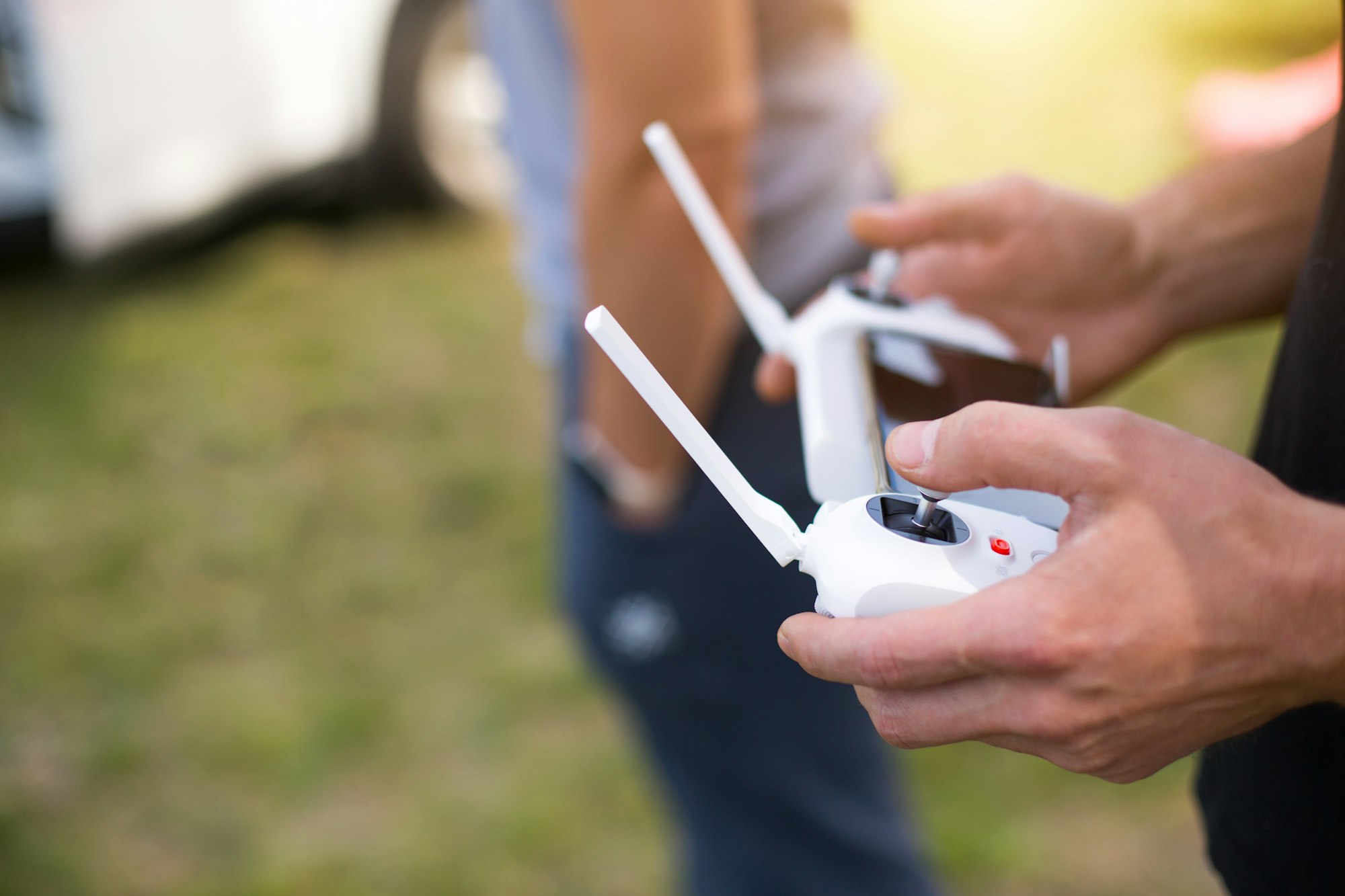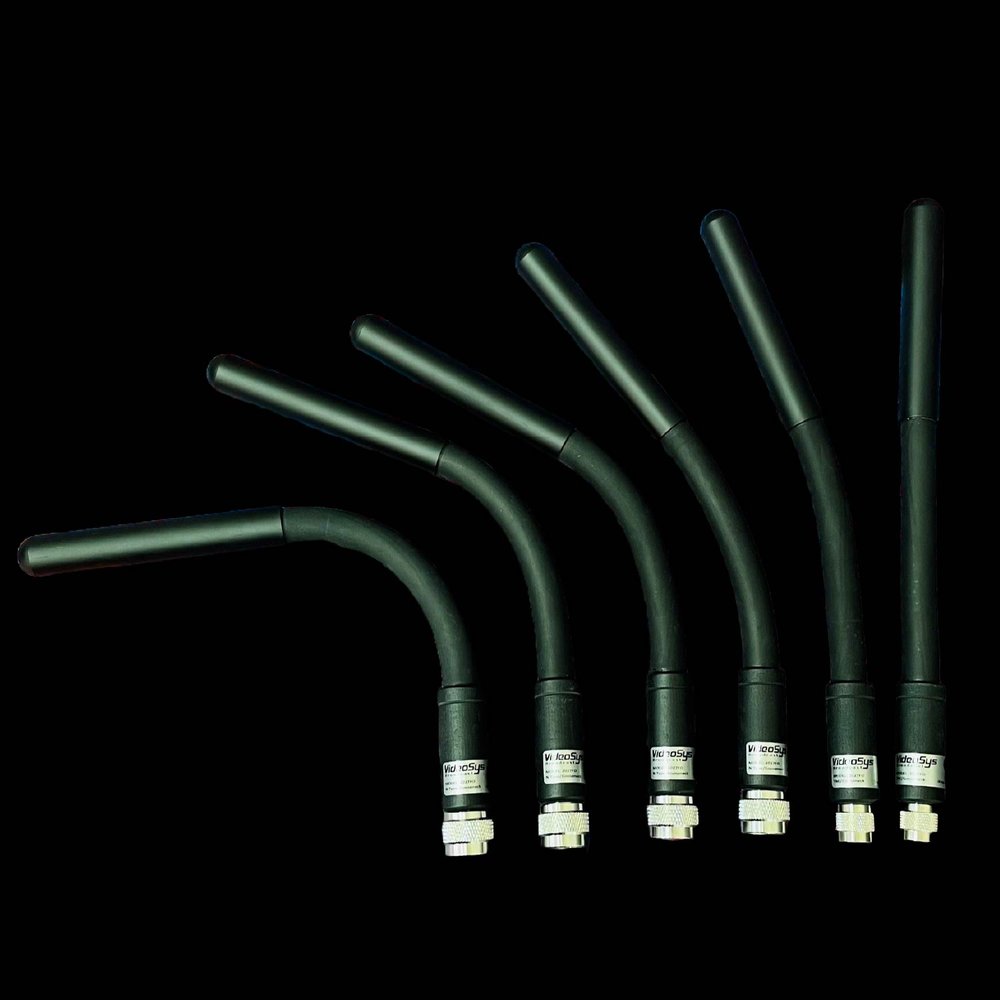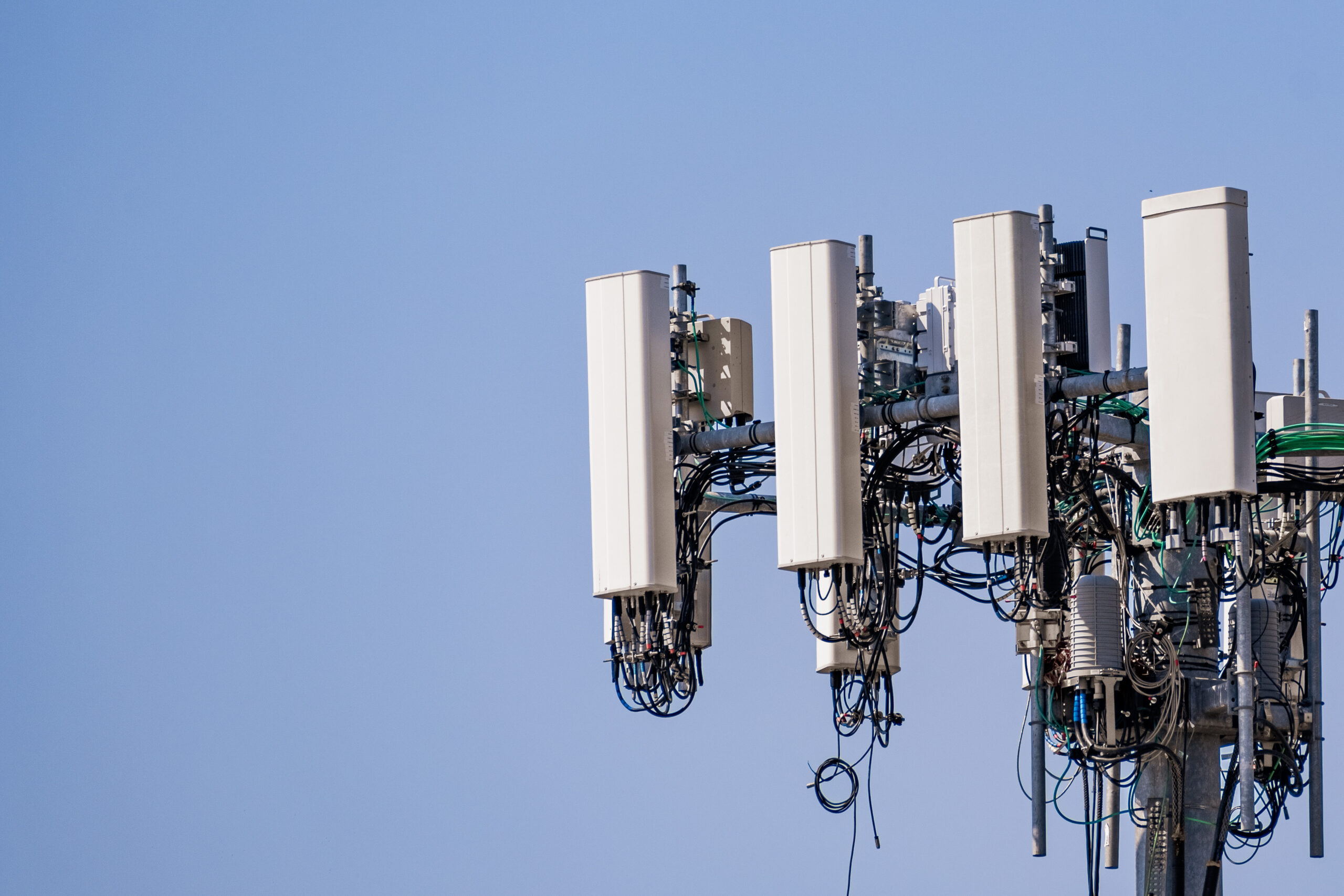Omnidirectional Antenna Radiation Patterns
In the realm of wireless communication, antennas serve as the conduits through which electromagnetic signals propagate, connecting devices, networks, and people across vast distances. Among the various antenna types, omnidirectional antennas stand out for their ability to radiate or receive signals uniformly in all directions. Understanding the radiation patterns of these antennas is essential for optimizing signal coverage, enhancing communication reliability, and building robust wireless networks. So, let’s embark on a journey to explore the intricacies of omnidirectional antenna radiation patterns.
What are Omnidirectional Antennas?
Omnidirectional antennas, as the name suggests, radiate or receive electromagnetic signals uniformly in all directions along a horizontal plane. These antennas are characterized by their spherical radiation pattern, where signal strength remains relatively consistent regardless of the direction in which it’s measured. Omnidirectional antennas are widely used in various wireless communication applications, including Wi-Fi networks, cellular systems, and radio broadcasting.
Understanding Radiation Patterns
- Spherical Coverage: Omnidirectional antennas are designed to exhibit a spherical radiation pattern, which means that the signal strength remains consistent at all azimuth angles around the central axis of the antenna. In other words, these antennas are capable of distributing signal strength evenly across all directions in the horizontal plane. This spherical coverage is a key feature that allows omnidirectional antennas to transmit or receive signals uniformly in every direction, making them exceptionally well-suited for applications where 360-degree coverage is required. Such uniformity in signal distribution ensures that devices or users in any location around the antenna can receive consistent signal quality, a feature highly valued in setups like cellular networks, public Wi-Fi, and certain communication systems that rely on broad, consistent coverage.
- Vertical Beamwidth: Although omnidirectional antennas radiate signals in all directions horizontally, their vertical coverage is defined by a specific vertical beamwidth, which is the angle over which the antenna’s signal is effectively radiated or received in the vertical plane. The vertical beamwidth can vary significantly depending on the antenna’s design, the operational frequency, and the intended purpose of the antenna. For instance, antennas used for ground-level communications may have a broader vertical beamwidth to cover a wider range of elevations, whereas those used in rooftop installations may have a narrower beamwidth to focus energy near the horizon, maximizing coverage within the intended service area.
- Gain and Directivity: In contrast to directional antennas, which are designed to concentrate signal energy in specific directions to achieve higher gain, omnidirectional antennas typically offer lower gain. However, their advantage lies in providing uniform signal coverage in all horizontal directions. The concept of directivity for an omnidirectional antenna refers to its capacity to radiate or receive signals equally well across the entire 360-degree azimuth range, without favoring any specific direction. This characteristic enables omnidirectional antennas to deliver stable signal performance for applications where multiple devices may be spread across a wide area, as opposed to directional antennas that require precise alignment to function effectively.
Applications and Considerations
- Wi-Fi Networks: Omnidirectional antennas are commonly used in Wi-Fi routers and access points to provide coverage over a wide area, allowing multiple devices to connect simultaneously from different directions. The spherical radiation pattern of omnidirectional antennas ensures seamless connectivity for devices located anywhere within the coverage area.
- Cellular Systems: In cellular networks, omnidirectional antennas mounted on cell towers serve as the primary means of providing coverage to mobile devices within a specific geographic area. By radiating signals uniformly in all directions, omnidirectional antennas enable mobile users to maintain connectivity while moving within the cell’s coverage footprint.
- Radio Broadcasting: Omnidirectional antennas are also employed in radio broadcasting to transmit signals over large geographic regions. By broadcasting signals uniformly in all directions, these antennas ensure widespread coverage, allowing listeners to tune in from various locations without experiencing signal dropout or distortion.
Conclusion
Omnidirectional antennas play a crucial role in wireless communication, providing uniform signal coverage in all directions and enabling seamless connectivity for a wide range of applications. By understanding the radiation patterns of omnidirectional antennas and their applications in Wi-Fi networks, cellular systems, and radio broadcasting, engineers, network operators, and system integrators can design and deploy robust wireless networks that meet the growing demand for reliable and high-performance connectivity. In a world where connectivity is paramount, omnidirectional antennas serve as the backbone of our interconnected society, facilitating communication, collaboration, and innovation across the globe.








